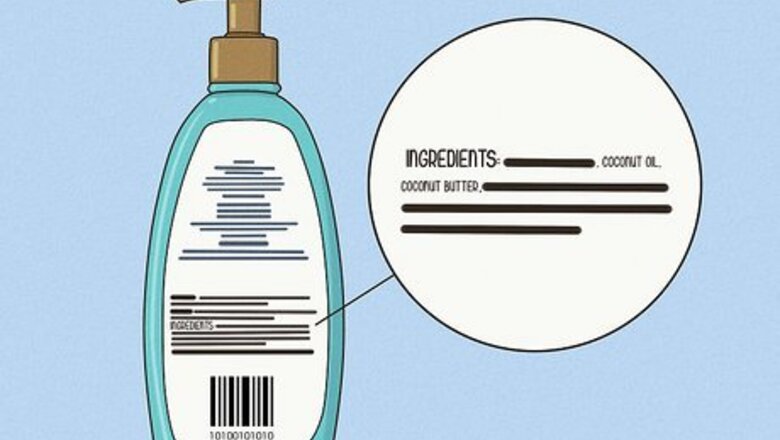
views
Selecting the Bodywash
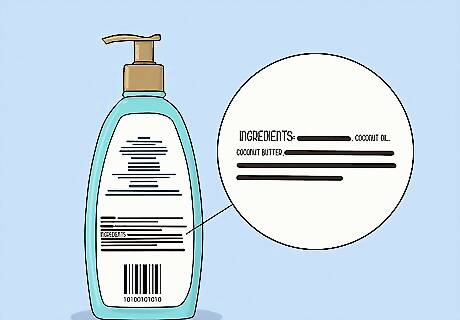
Look for a bodywash that contains hydrating ingredients. Check the ingredients on the label of the bodywash for hydrating oils like coconut or argon oil. Shea butter and coconut butter are also great for hydrating your skin. Getting a bodywash with hydrating ingredients will ensure it keeps your skin soft and moisturized. Avoid bodywashes that contain chemicals, additives, and harsh ingredients.

Get a bodywash that is fragrance and sulfate-free. Body-washes that contain fragrance or perfume can dry out and irritate your skin. Sulfates like sodium laureth sulfate, sodium laurel sulfate, and cocamidopropyl betaine can strip your skin of its natural oils. Steer clear of body washes that contain these ingredients.
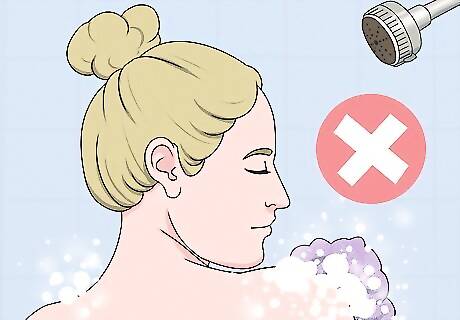
Avoid a bodywash that lathers or foams a lot. The lathering that occurs when the body wash mixes with water can strip the natural oils on your skin and make it very dry. Go for a bodywash that lathers only a little bit. Avoid bodywashes that lather a lot when mixed with water. You should also avoid body-washes that advertise “foaming” action, as this will cause it to lather a lot when used.
Applying the Bodywash
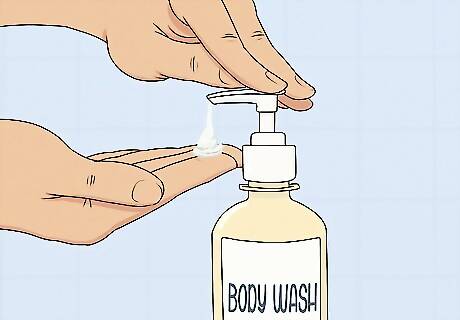
Use a small amount of bodywash in the shower or bath. Squeeze out a dime sized amount of bodywash, as you do not need much to clean your whole body. Avoid using too much bodywash at once, as this can irritate or dry out your skin. Take a warm shower or bath when you use the bodywash so you can wet and clean your entire body.
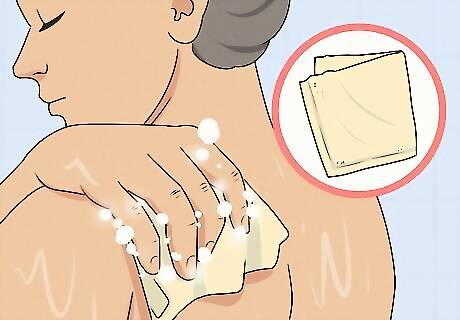
Apply the bodywash to your body with a washcloth. Use a wet washcloth to apply the bodywash from head to toe. Gently rub your body with the washcloth to help clean your skin and remove dead skin cells. Avoid using just your hands to apply the bodywash, as it is more difficult to clean your entire body with just your hands. Make sure you rinse out the washcloth regularly to prevent germs and bacteria from accumulating. You can also replace the washcloth once a week. Stay away from using a loofah to apply the bodywash, as it can harbor bacteria and germs. It can also increase your chances of developing acne.
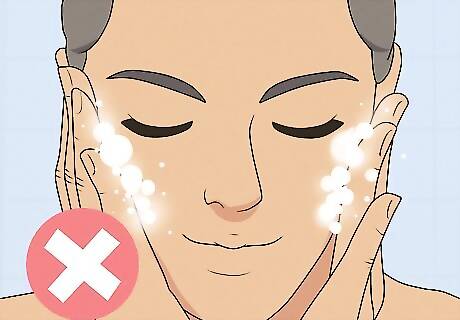
Do not put the bodywash on your face. Bodywash is made for your body only. Use a facial cleanser for your face. Putting bodywash on your face can increase the risk of developing skin irritation and dry patches in this area.
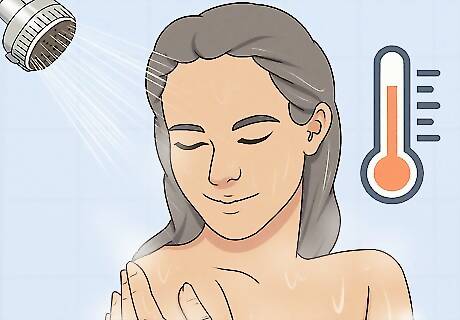
Rinse the bodywash off with warm water. Once you have cleaned your body with the bodywash, use warm water in the shower or bath to rinse it off. Make sure you get all the bodywash off of your skin. Having soap residue left on your skin can irritate and dry out your skin.
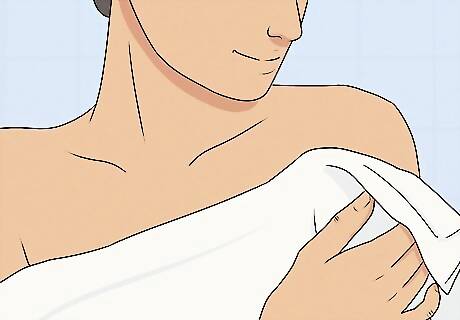
Pat your body dry. Use a clean towel to gently pat your body until it is completely dry. Do not rub your body dry, as this can irritate your skin.
Maintaining a Good Bodywash Routine
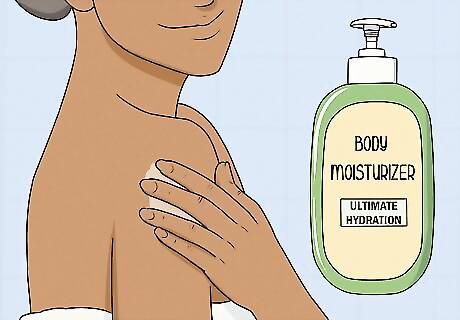
Apply moisturizer after using bodywash. Keep your skin moisturized by putting on a moisturizer as soon as you’ve dried off from your shower or bath. Using a moisturizer after you have washed your body with bodywash will lock in moisture on your skin and prevent dry patches. Make sure you use a moisturizer that contains hydrating ingredients, such as shea butter, coconut butter, and oats. Apply moisturizer in areas that tend to get very dry, such as your knees, your elbows, your feet, and your hands.

Switch to a gentler bodywash if your current bodywash dries out your skin. If you notice your bodywash is causing you to develop dry patches or irritated skin, try switching to a bodywash made for sensitive skin. Look for a bodywash that has more natural or hydrating ingredients.

Talk to a dermatologist if you develop skin issues. If your skin becomes irritated, dry, or red due to the bodywash, see your dermatologist for guidance. You may be allergic to certain ingredients in bodywash or have skin that is too sensitive for conventional soaps. Your dermatologist may recommend a particular soap brand or a prescription bodywash to address your skin issues.


















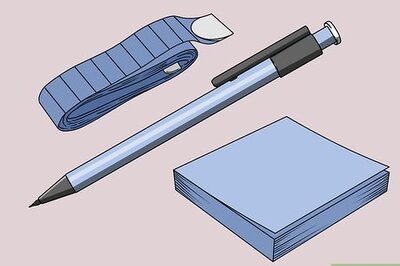
Comments
0 comment